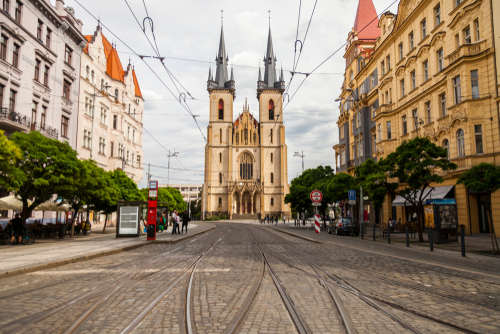
Prague
Prague, known as the city of a hundred towers, is so rich in architecture that its entire historic heart is a World Heritage Site. Running in Prague means getting lost in a maze of streets and squares surrounded by baroque buildings.
Built on the banks of the Vltava River, the poet Rainer Maria Rilke described it as an "epic poem of architecture". Prague, the capital of the Czech Republic, reached its peak in the 16th century under the Bohemian king and German emperor Charles IV, who made it the capital of the empire. At that time, it was a major cultural and religious centre and saw the beginnings of the Protestant Reformation. Prague briefly became the imperial and cultural capital again at the turn of the 16th and 17th centuries, and gradually lost its importance until the Czech National Renaissance in the 19th century and the creation of Czechoslovakia after the First World War. Although weakened by half a century of communist rule, the city benefits from an extremely dynamic economy driven by tourism. Running or walking in Prague allows you to discover this "city of a hundred towers", which presents an exceptional architectural wealth. All styles are represented, including Gothic masterpieces such as Charles Bridge and St. Vitus Cathedral in Prague, Renaissance, Baroque palaces and churches. But also Art Nouveau buildings, as well as numerous cubist, modernist or contemporary creations, with for example the famous "Dancing House".
Prague
... in Numbers !
Routes
Volunteers

19
Routes

99
POIs
Our running routes in
Prague

City of a Hundred Spires
Prague has become one of Europe's most popular travel destinations, where chic cafés stand alongside old Gothic buildings. Discover the many wonderful sights that this city has to offer with this longer route, stretching from the historic Malá Strana to the modern Nové Město.

















